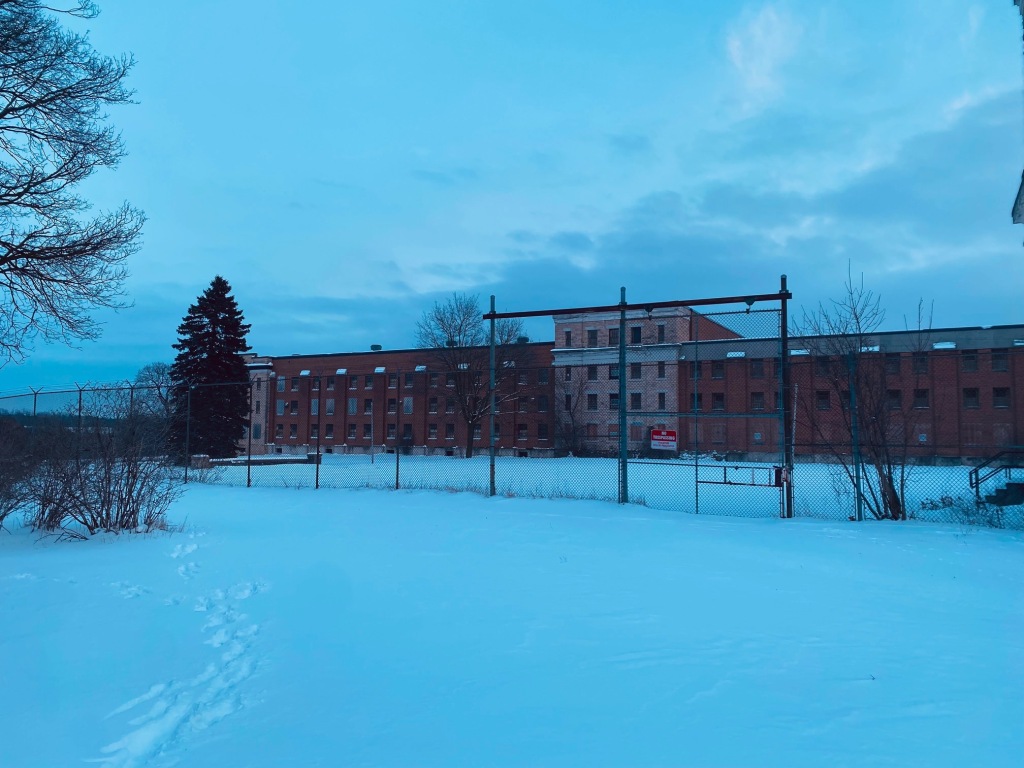

On the eastern edge of the city of Guelph lies an abandoned Reformatory with a history that spans nearly one hundred years. Located at 785 York Road, the facility sits on approximately 222 acres of serene greenspace. The walking trails and ponds that are enjoyed to this day conceal stories of incarceration, hard labour and notorious inmate escapes.
Built in 1911, with a cornerstone laid September 25th by then Prime Minister of Ontario Sir James Pliny Whitney, the facility housed 660 inmates by 1916. Alternatively known as the Guelph Correctional Centre, the institution signaled a turning point in the government of Ontario’s approach to crime and punishment. Politicians and social reform advocates of the early twentieth century sought to use productive work as a means of rehabilitating inmates for redemption after serving their sentence. The location was ideally suited for agriculture and quarry mining, and prisoners contributed to the local community with their labour.
From 1917 – 1921, prisoners were temporarily relocated, and the facility was converted into the Guelph Military Convalescent Hospital which cared for more than 900 injured WW1 veterans.
Officially decommissioned in 2001, the Reformatory buildings have been completely vacant since 2014. While the Province of Ontario and the City of Guelph continue to consult and strategize on how best to make use of these culturally significant lands and buildings, a grassroots non-profit organization has sprung up with a vision of creating the Yorklands Green Hub. Their mission statement reads: “Our mission is to open green doors to the future by promoting sustainable conservation, environmental education and public enjoyment at the former Guelph Correctional Centre lands.”